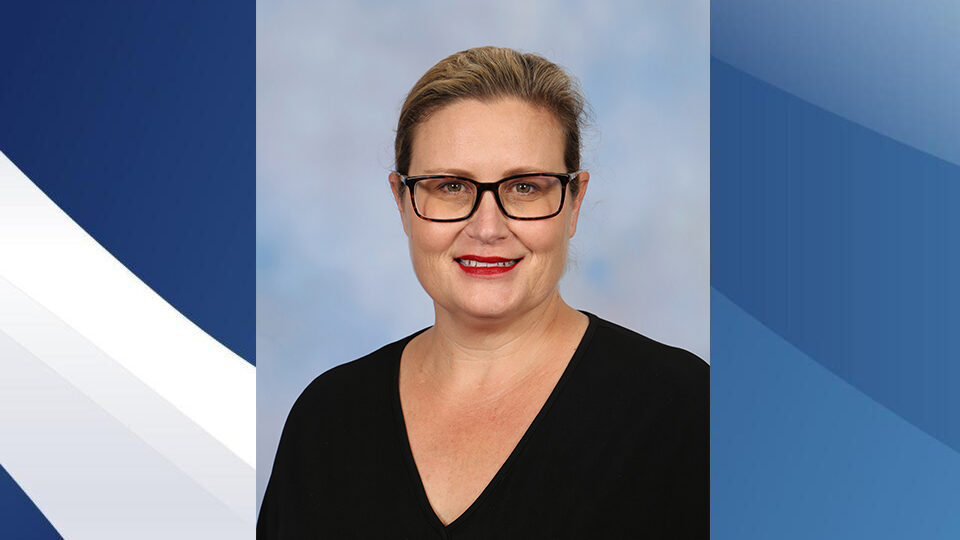
From the Leader of Wellbeing
Whose job is it to make our young people happy?
A large part of the school curriculum is “null”. By that I mean it is not mandated in the sense that we set a learning intention and go about teaching it in a creative and transformative way.
How can we teach our young people about joy and happiness?
I am sure that if we asked our students most would suggest that it is easy – just let us do what we want when we like, get rid of the uniform, if we come late it is okay, just let us use our phones whenever we like. Happiness is not about other people or the boundaries that are set to guide an individual into adulthood. Rather, it is about the individual. So as the teachers, adults, role-models and parents in their lives, what are we responsible for when it comes to the happiness of the emerging young individuals we are surrounded by?
Dr Justin Coulson from Happy Families outlines what parents are responsible for in relation to the happiness of their young people in the podcast linked below.
He suggests that parents are responsible for:
- Teaching them to find their own happiness;
- Happiness isn’t in the search for it;
- How to understand their emotions;
- Teach them how to have positive relationships;
- Teach them how to do hard things; and
- Teach them to be responsible for their own emotions.
PODCAST: #562 The Pursuit of Happiness
A recent petition, initiated by a former school-girl from Sydney, calls for young women to come forward if they have been subjected to sexual assault whilst still at school. It has since gone viral with thousands of young women signing the petition or sharing their stories which are often graphic, disturbing and upsetting.
The petition calls for sex education, in particular consent, to be taught at a younger age in schools. The observation being that consent is being taught too late, with many young people not understanding the boundaries of consent resulting in sexual assault or rape. This call for change has made many schools reassess their curriculum around sex and life education to help protect young people across the nation.
Parents also need to start having conversations around consent sooner rather than later, as some teens experience their first sexual encounter well before the subject matter is delivered. It is not enough for parents or carers to assume that your teenager knows or understands what consent means and the implications surrounding it. It is important for them to learn about boundaries to enable them to respect themselves and their partners.
This Special Report offers parents guidance around normalising the topic of consent to ensure your teenager experiences healthy and respectful relationships.
We hope you take time to reflect on the information offered in this Special Report, and as always, we welcome your feedback.
If you do have any concerns about the wellbeing of your daughter, please contact her Tutor or seek medical or professional help.
Here is the link to your special report:
A Conversation on Consent | Marist Sisters’ College – Woolwich
SIGNS TO LOOK FOR
The effects of vaping include:
- Bad breath – Has your daughter become increasingly conscious of her breath? Chewing gum, needing mints, brushing her teeth more regularly?
- Dizziness – Is your daughter reporting that she is feeling dizzier than before? This may be a result of an increase in her heart rate.
- Headache – Have headaches become more frequent?
- Reduced appetite – Have you noticed that she has reduced the amount she is eating due to a loss in appetite that was once very healthy?
- Vomiting – Are episodes of vomiting becoming more frequent? Or perhaps visiting sick-bay at school more regularly?
Now is the time to have a conversation with your daughter about vaping.
You can access some advice on how to start and have the conversation from this site: Talking about vaping with young people – Alcohol and Drug Foundation
Ms Angela Bowland, Leader of Wellbeing
This article on College life meets The Archbishop’s Charter for Catholic Schools – Charter #1, #2



